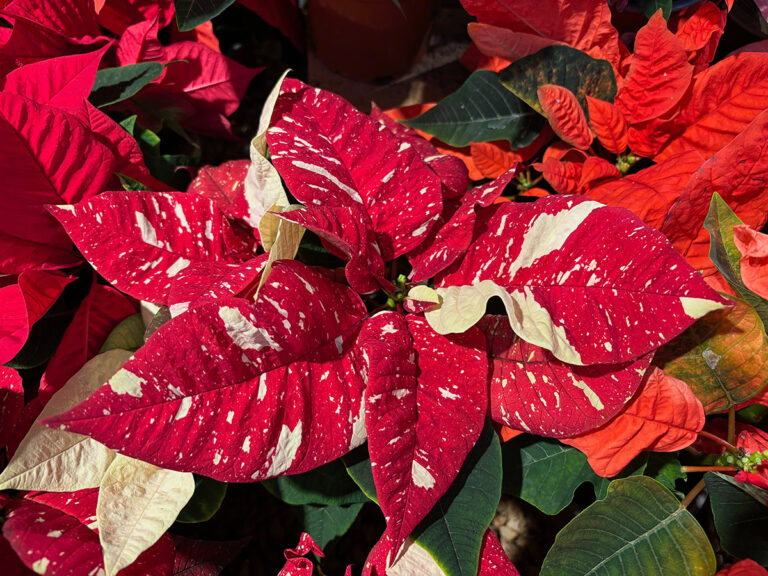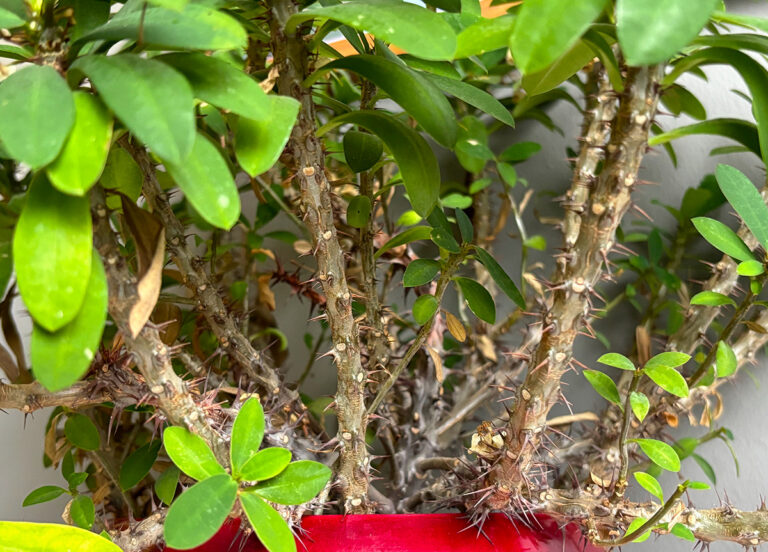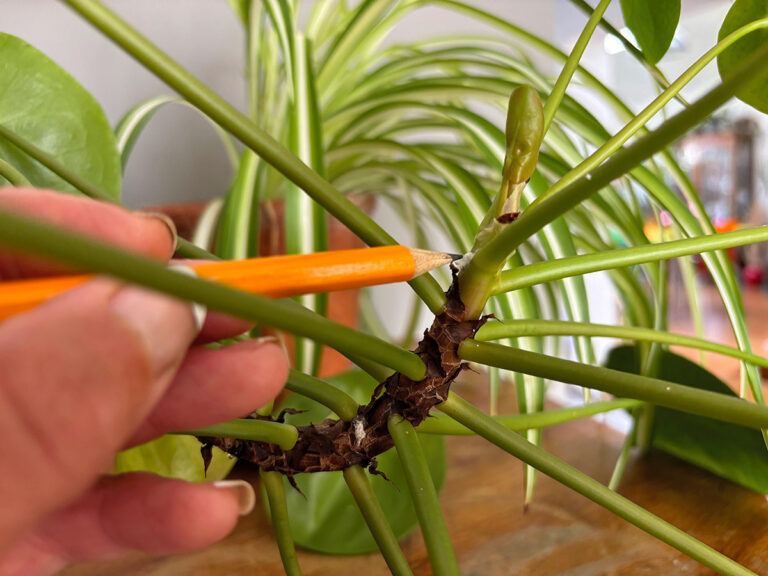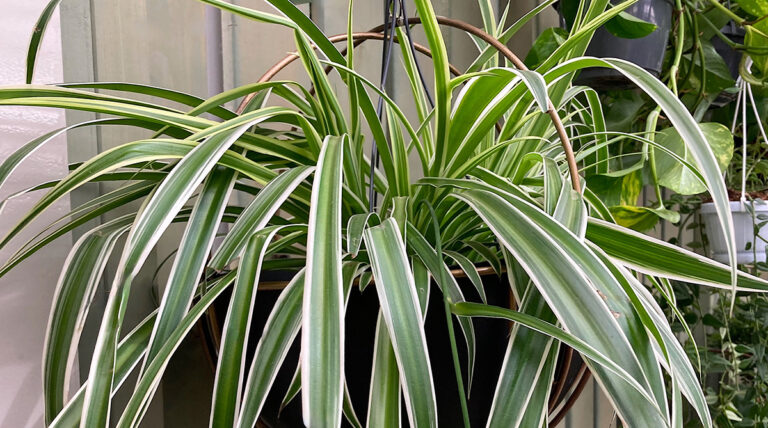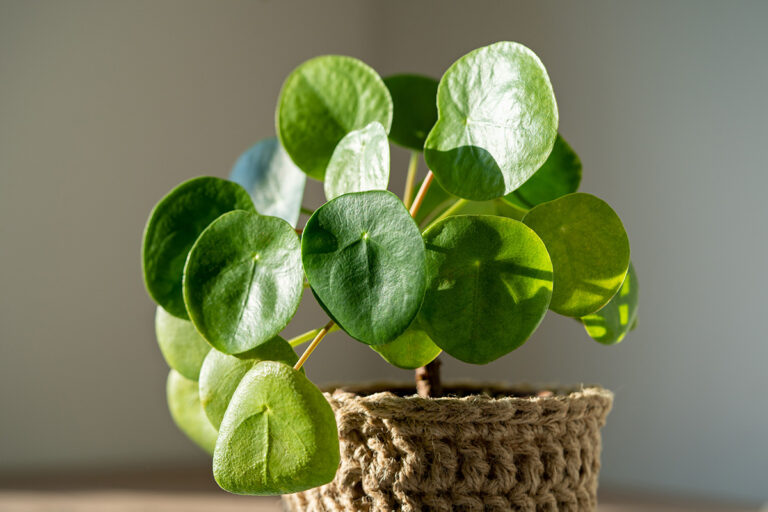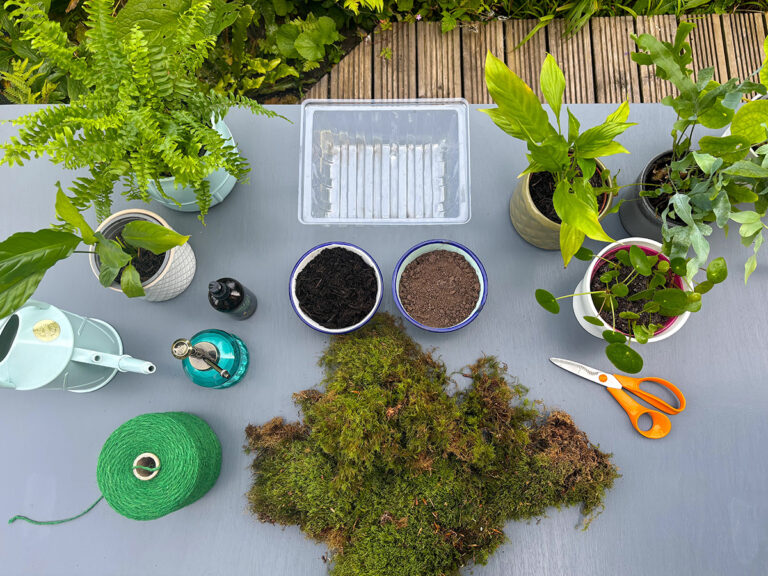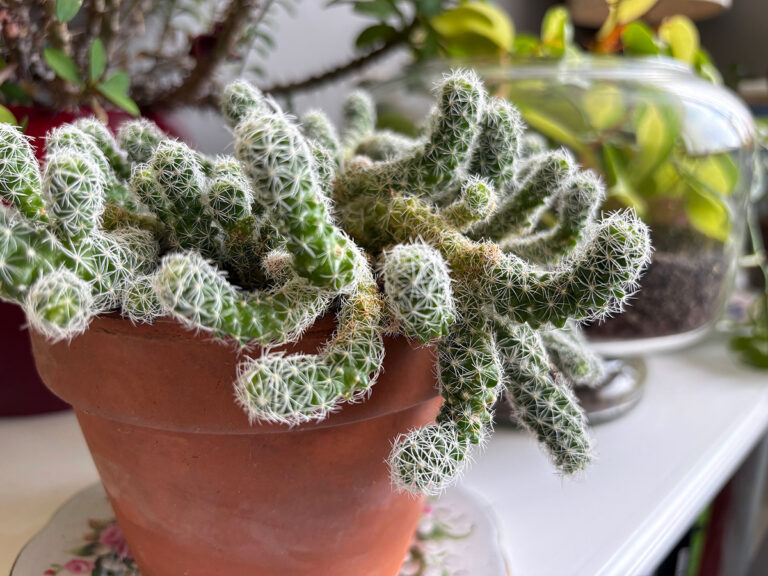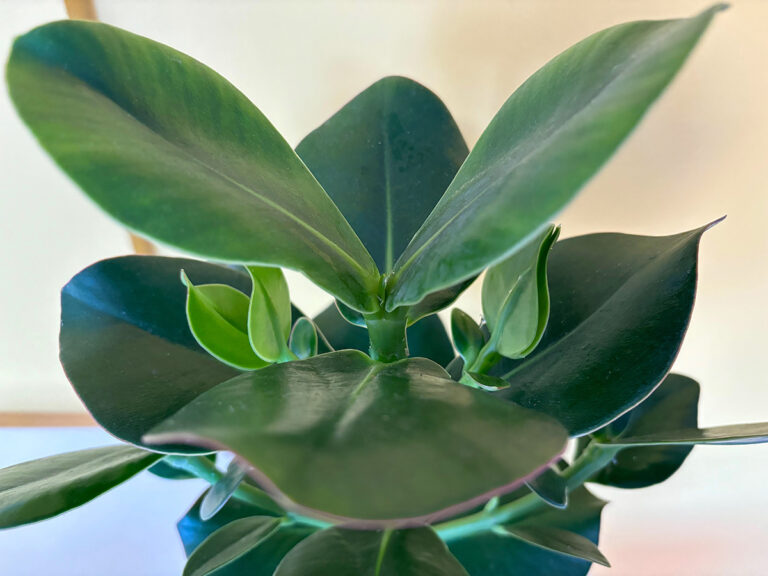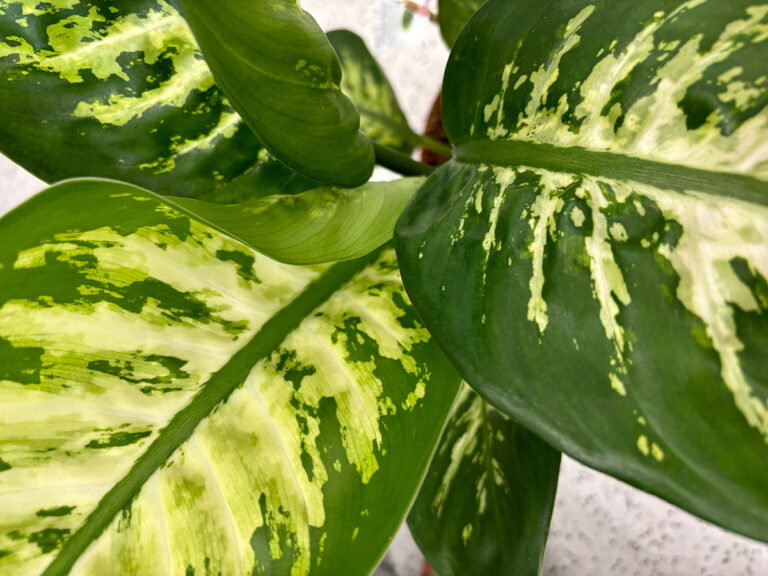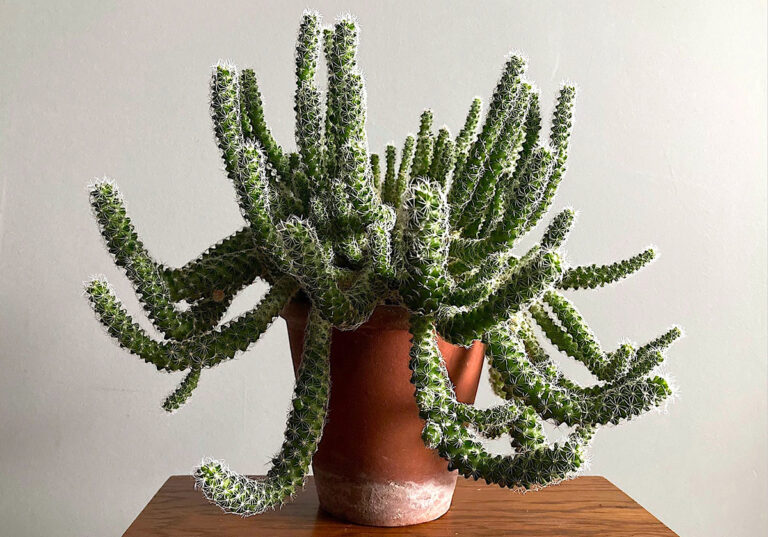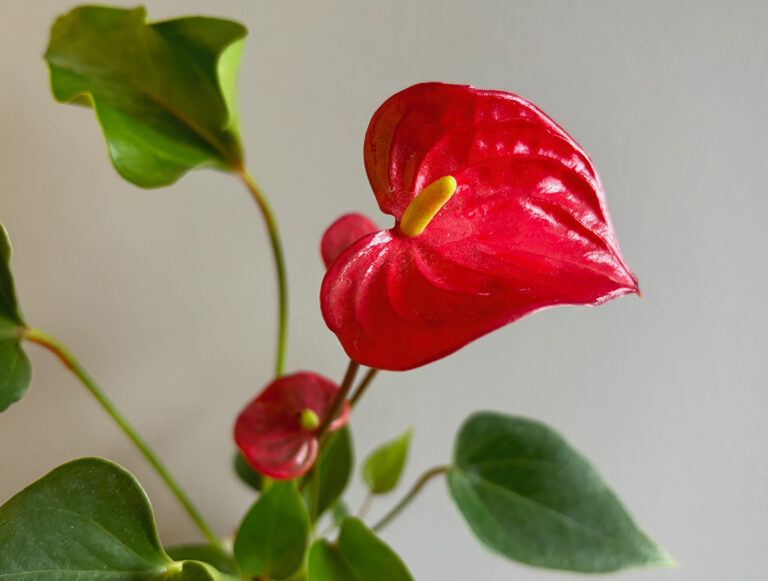Aporocactus flagelliformis, the rattail cactus, is a species of flowering cacti native to Mexico with long trailing appendages reminiscent of rat’s tails hence the name, with its latin name translating as ‘shaped like a whip. In the wild A. flagelliformis grows as an epiphyte or lithophytic on trees or rocks in dry forests; as a houseplant its trailing nature makes it perfect to suspend in a macrame hanger or have cascading from a shelf.
It has thick fleshy stems which retain water; leaves have been replaced by modified spines which protrude from short stems known as areoles, these not only produce beautiful flowers but offer protection and help reduce water loss.
Cacti are extremely self sufficient and are literally genetically coded to cope on their own in adverse conditions so make ideal houseplants for busy people; this is probably why they are a popular choice for students where time to spend on houseplant care maybe limited but you cannot completely ignore your cactus, like all potted plants they entirely rely on us to keep them alive.
These plants are independent and can survive for long periods without much intervention but here are a few top tips to keep your cactus flourishing.
Light
Rattail cactus love bright direct or indirect light so place your houseplant near a south-facing window to sunbathe. Although these plants are sun worshippers watch out for scorching; if a spot seems too hot then move it; just keep them away from full shade. Ideally turn the plant pot regularly so all sides get even access to light.
Water
Although cacti have a reputation for basking in intense desert sunshine requiring little moisture like all plants they still need water to survive and it can be surprising how much water they do need in hot weather. Wait until the soil has completely dried out then give the compost a drink of tepid rainwater roughly every two weeks in the growing season; just be cautious not to overwater, too much love will kill it with kindness.
I like to dunk the entire pot in a bucket of rainwater laced with some pipettes of cacti feed and let the excess water drain away, that way you know the roots have had a thorough soak and are set up for the next few weeks.
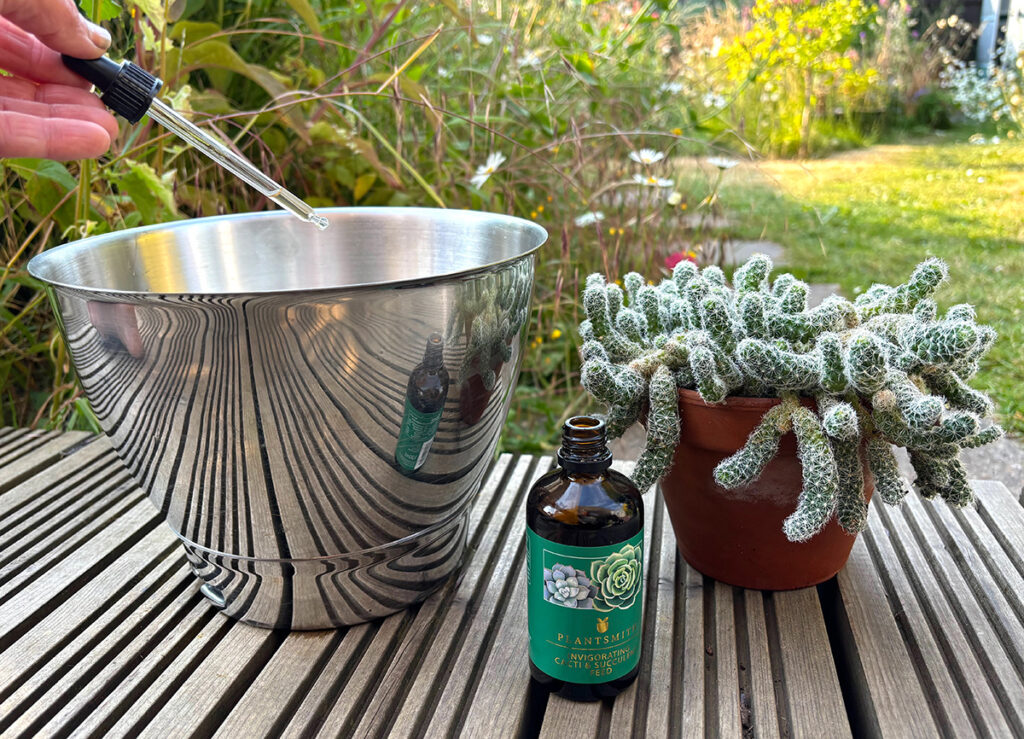
Do not mist cacti, most thrive in dry conditions not moist humidity so keep your rattail cactus out of the bathroom, a sunny lounge window or conservatory with good air circulation is ideal.
Look out for signs that your cactus is desperate for water; wrinkles may appear, particularly at the base of the plant. If you see this take action. Depending on the conditions of where your cactus is living the frequency of watering will differ and be influenced by the amount of light and heat they receive, so take a judgement call on what is needed and adjust accordingly to individual conditions.
Cacti enter a dormant period during the winter months so water very sparsely; favour under watering rather than overwatering to avoid root rot.
Temperature
Place your cactus in a warm, dry spot, with low humidity and consistent temperatures away from doorway drafts and radiators; 15C°- 26C° (60°- 80°F) is optimum.
These cacti are tough and tolerate cold temperatures; at altitude in Mexico they can cope with temperatures down to 10C° (50°F) so although most cacti are tucked up indoors or in a greenhouse they can be given a holiday over summer and spend it outdoors. Be mindful wherever they are situated and that the temperature does not dip too low at night; cacti are not frost hardy.
Feeding
Rattail cactus do not require much feeding but will benefit from a nutritional boost once a month to aid active growth over the summer months. Plantsmith’s Invigorating Cacti & Succulent Feed will encourage healthy green stems, sturdy spines and promote flowering.
Shake the bottle then add 5 ml (approx. 4 pumps from 500ml bottle) or dilute two full pipettes from the 100ml bottle per litre of tepid rainwater; mix then water in to the soil.
Soil
Aporocactus flagelliformis favours slightly acidic soil to neutral; use a dedicated cacti potting compost. Buy a pre-made cacti mix or make your own by combining peat-free compost with about 50-75% grit and horticultural sand. You can improve aeration by adding pumice or perlite, which are mined materials expelled from volcanoes; use sparingly. Retain moisture by covering the soil with a thin layer of small stones.
Make sure your plant pot has good drainage holes so its roots are not left sitting in water or they will rot; free-draining soil is the key.
Propagation
Rattail cactus is extremely easy to propagate as they naturally produce multiple offsets (pups) from stems which can be carefully pulled off the parent plant. Leave on a dry surface for a few days for wounds to heal over then pot on into gritty soil. In a few weeks lightly move the offset, if you feel resistance then the pup has rooted.
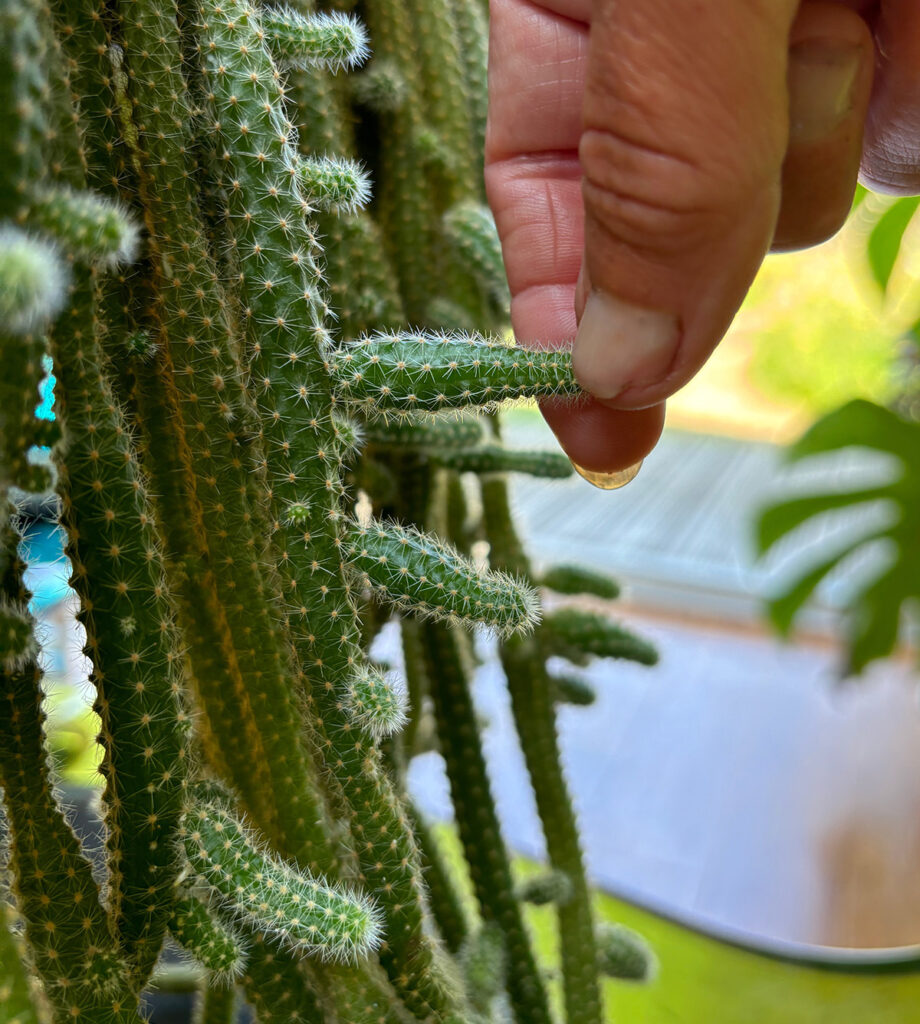
Handling cacti when potting on
Cacti are notoriously prickly and rattail cactus are covered in very fine spines which easily embed on our skin so to avoid spending the following day with a pair of tweezers do yourself a favour and wear thick gloves when handling your cactus.
Rattail cactus are very low maintenance and thrive when a little root bound but will benefit from being repotted every two to three years; always wear gloves and wash your hands after repotting. Repotting can seem daunting but is immensely satisfying.
Don thick gloves and use a tea towel or oven gloves to lift your cactus out of its old pot without injury and transplant it to its new home in fresh cacti compost. Find out everything you need to know with our Plantsmith guide ‘How to repot cacti’.
Pests
Although rattail cactus are not prone to pests mealybugs can be a problem and thrive in the joints between the parent plant and offsets; remove them by hand. I use a pencil to precisely squash the bugs with minimal contact or damage to the cactus. Deter infestations by regularly spraying with Plantsmith’s Bug Control Spray for a protective boost.
Keep your cactus healthy with plenty of bright light and ensure soil is well-drained. If a plant is not under stress from the environment around it it is in better shape to withstand unwanted visitors.
Fungus gnats can also appear as if from nowhere to plague soil. Plantsmith’s latest innovative product aims to provide a solution to this problem by protecting houseplant soil. Plantsmith’s Natural Fungus Gnat Barrier & Pot Topper is a 100% natural topper made from crushed olive pomace and is a sustainable by-product from olive production. This eco-barrier prevents gnats and other root-feeding pests from laying eggs in the soil of houseplant compost. It also has the added bonus of slowing down evaporation so the soil does not dry out so quickly.
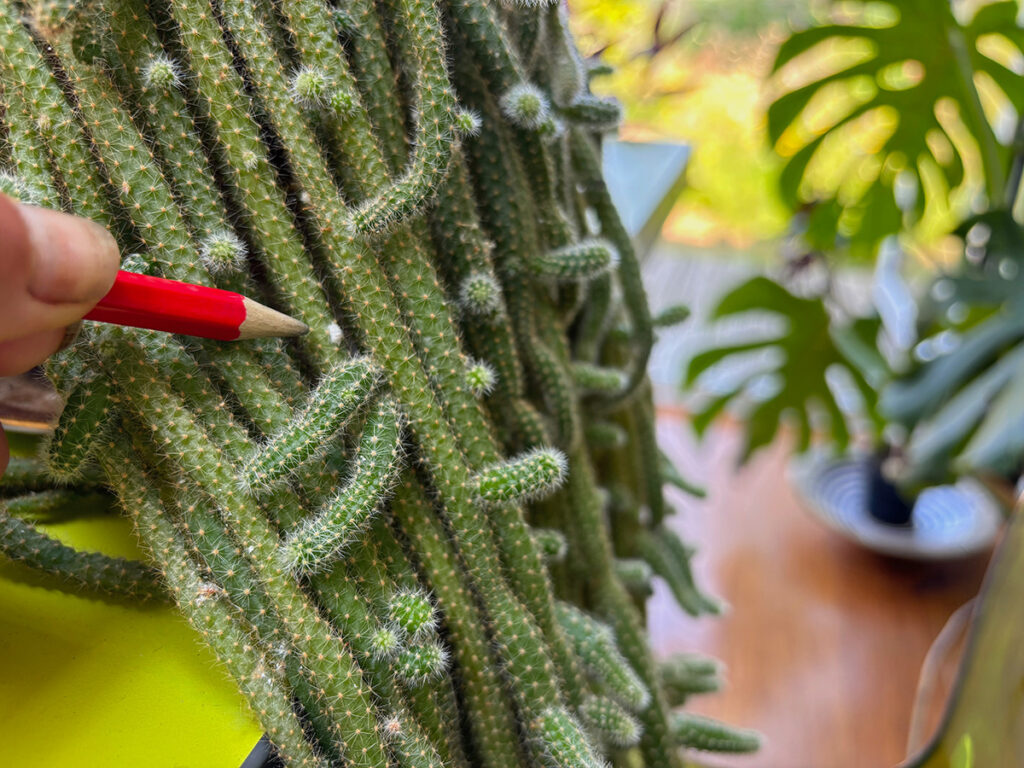
Problem Solver
Safe for pets?
Good news, rattail cactus are non-toxic to cats and dogs but ingestion could cause a tummy upset so best avoided, never mind the discomfort of prickles! Keep cacti out of reach from curious jaws but rest assured no serious problems will occur.
Will not flower
Rattail cactus produce tubular flowers from late spring to early summer but these gorgeous bright fleeting blooms only last a couple of days. Bright sunshine is the key to flowering after a cold dry winter. Many plants rely on a cold period over winter to snap them into action in spring, this process is known as vernalisation. As a houseplant it can be tricky to get it to flower but try repotting in fresh sandy compost and give it a feed. Don’t be afraid to move your plant; it might prefer its new location.
Sun burn
Believe it or not cacti can get too much sun; if stems turn yellow or tinge brown it could be that they need to be moved to a new spot out of such intense sunlight.
Root rot
These plants are used to arid conditions so if you see signs of rotting ease back on watering. Wait until the soil is dry to the touch before rewetting again. Good drainage is the key to success.
Illegal trade
Always source your cactus from reputable sellers only. Cacti are big business and in the wild many plants verge on extinction as they are ripped from their natural environment to fuel global demand. If you have any doubts about your purchase’s origin do not buy.
Something interesting and fun





